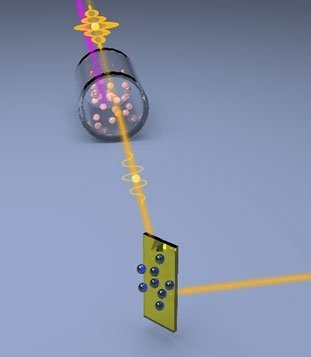Meet Richard Buttery, Director of the DIII-D National Fusion Facility
Department of Energy, Office of ScienceMeet Richard Buttery, director of DIII-D, the largest magnetic fusion device in the United States. As a Department of Energy Office of Science user facility, DIII-D plays a leading role in the advancement of #fusionenergy research. This is one in a series of profiles on the directors of the SC-stewarded user facilities.


































